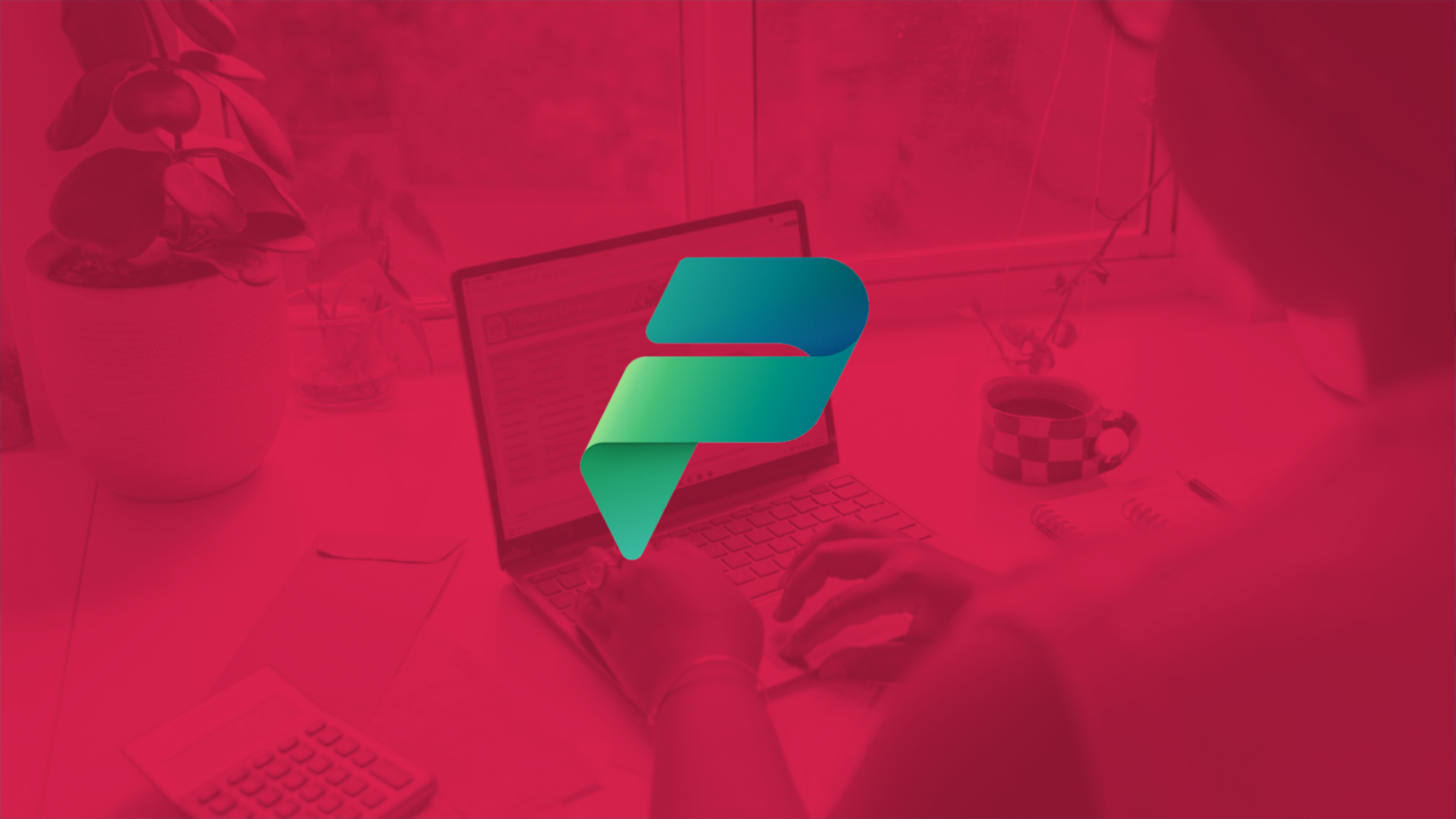Home / Blog / Insights / Extending Power Platform with Custom Connectors and APIs

•
Extending Power Platform with Custom Connectors and APIs
Businesses are constantly on the lookout for innovative solutions to streamline processes, boost productivity, and foster growth. Enter Microsoft’s Power Platform—a suite of potent tools engineered to empower organizations to achieve just that. In this comprehensive guide, we’ll explore how you can elevate the capabilities of the Power Platform through the strategic implementation of custom connectors and APIs.
Understanding the Power Platform Ecosystem
At the heart of it all lies the Power Platform, a robust ecosystem comprising applications, connectors, and services tailored to help businesses analyze data, automate workflows, develop custom applications, and deploy intelligent chatbots. Let’s break down its core components:
- Power BI: A dynamic business analytics tool enabling organizations to visualize and analyze data, thus empowering data-driven decision-making.
- Power Apps: A user-friendly low-code/no-code application development platform allowing for the swift creation of custom apps tailored to specific business needs.
- Power Automate: A versatile workflow automation tool designed to streamline repetitive tasks and processes across various applications and services.
- Copilot Studio (formerly Power Virtual Agents): A sophisticated chatbot development platform facilitating the creation of intelligent virtual agents for seamless customer and employee interactions.
By harnessing the Power Platform ecosystem, businesses can unlock a realm of possibilities, fostering innovation, collaboration, and ultimately, growth.
Overview of Custom Connectors and APIs
Custom connectors and APIs are integral in extending the functionality of the Power Platform:
Custom Connectors act as the linchpins of integration, enabling organizations to seamlessly connect Power Platform applications with external data sources, services, and systems. Whether it’s interfacing with proprietary databases, cloud-based services, or third-party applications, custom connectors bridge the gap between disparate systems, unlocking the full potential of organizational data.
APIs (Application Programming Interfaces) serve as standardized conduits for different software applications to communicate and exchange data. Leveraging APIs, organizations can access the functionality and data of external services and systems, facilitating seamless integration with the Power Platform.
In the next section, we’ll delve deeper into the role of custom connectors as the bedrock for integration within the Power Platform ecosystem.
What are Custom Connectors?
Custom connectors form the backbone of extending the Power Platform’s capabilities, facilitating seamless integration with external data sources, services, and systems. They serve as bridges between Power Platform applications—such as Power BI, Power Apps, Power Automate, and Copilot Studio—and external services, enabling users to access and manipulate data from various sources within their workflows.
Benefits of Using Custom Connectors
- Enhanced Integration: Seamlessly integrate with a diverse array of external services and systems, including proprietary databases, cloud-based applications, and third-party APIs.
- Flexibility: Tailor integrations to specific requirements, ensuring compatibility with unique data sources and workflows.
- Improved Productivity: Streamline data access and manipulation processes, reducing manual effort and empowering users to focus on strategic tasks.
- Scalability: Easily modify and expand custom connectors to accommodate evolving business needs and integration requirements, ensuring scalability and future-proofing.
- Enhanced Data Accessibility: Access and leverage data from disparate sources within Power Platform applications, facilitating better decision-making and insights generation.
Step-by-Step Guide to Creating Custom Connectors
Creating custom connectors involves several key steps:
- Configuring Authentication: Define authentication methods to ensure secure access to external services and systems.
- Defining Operations: Specify supported operations (e.g., read, write, update, delete), mapping them to corresponding actions within Power Platform applications.
- Testing and Deploying: Thoroughly test custom connectors to ensure functionality and reliability, then deploy them to the Power Platform environment for use.
Best Practices for Designing Custom Connectors
- Keep it Simple: Design with simplicity in mind, focusing on essential functionality and ease of use.
- Optimize Performance: Minimize latency and optimize data retrieval methods for improved performance.
- Ensure Security: Implement robust security measures, including encryption and authentication mechanisms, to protect sensitive data.
- Provide Documentation: Document functionality, usage instructions, and troubleshooting tips to assist users effectively.
Next, we’ll explore how custom connectors and APIs can seamlessly integrate with popular services, opening up a world of possibilities for Power Platform users.
Integrating with Popular Services
Custom connectors and APIs offer unparalleled integration capabilities, seamlessly interfacing with a plethora of popular services. Here are some common use cases:
- Salesforce Integration: Streamline customer relationship management by integrating Salesforce data directly into Power Platform applications.
- Google Workspace Integration: Enhance collaboration and streamline workflows by integrating Google Workspace tools seamlessly into Power Platform applications.
- Twitter Integration: Gain valuable insights and engage with customers directly by integrating Twitter data seamlessly into Power Platform applications.
Custom Connector and API Usage Scenarios
Beyond popular services, custom connectors and APIs unlock limitless possibilities for extending Power Platform functionalities. Here are some transformative usage scenarios:
- Legacy System Integration: Bridge the gap between legacy and modern systems, facilitating seamless data exchange and workflow automation.
- E-commerce Integration: Streamline operations and enhance customer experiences by synchronizing e-commerce platform data with Power Platform applications.
- IoT Device Integration: Leverage IoT device data to monitor performance, optimize resource utilization, and predict maintenance needs within Power Platform applications.
- Custom Application Development: Empower citizen developers to create sophisticated custom applications tailored to specific business challenges.
Incorporating custom connectors and APIs into the Power Platform opens up a world of possibilities, driving innovation, streamlining processes, and fostering growth. Stay tuned as we delve into advanced techniques and tips for maximizing the potential of custom connectors and APIs within the Power Platform ecosystem.
At Convverge, we’re dedicated to helping organizations harness the full potential of Microsoft solutions, leveraging our expertise to tailor custom connector solutions that seamlessly integrate with your existing systems and workflows. Whether you’re looking to streamline operations, enhance collaboration, or drive growth, our team is here to guide you every step of the way. Reach out to us today to discover how Convverge can empower your organization to thrive in the digital age with the Power Platform. Let’s embark on this transformative journey together.


